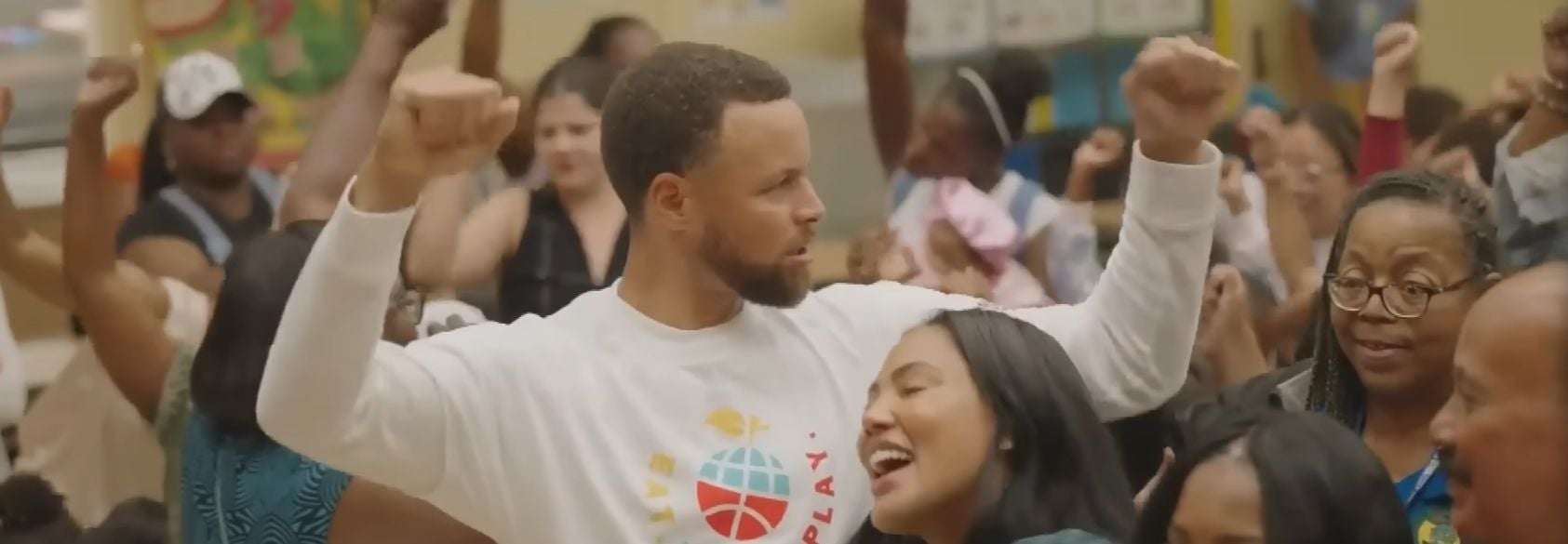One of the most important lessons of my life has been this: If you don’t know something, find someone who does, and ask for help. Much of my true education has been delivered at faculty room tables, conference break times and, more recently, through social media—particularly Twitter. The district where I teach is not diverse; in fact, I could likely tell you the name of every English language learner (ELL) in my middle school—which has more than 1,200 students.
One of the superstar educators I follow on Twitter and chat with on occasion is an expert TESOL (Teachers of English to Speakers of Other Languages) Ohio master teacher, Melissa Eddington (@melsa777). So, as I was considering sources to support ELLs and needed some help, I asked Melissa what types of activities would support the learning goals of language learners.
The great thing about Melissa’s answer is that all teachers, even those who don’t work with ELLs, can keep her advice in the back of their minds as they lesson plan. Sometimes, when I am planning, it is easy to slip into the “What am I going to do?” part of the plan, which is common with many teachers. Melissa’s suggestion is that using any kind of visuals is helpful, along with interactive activities that get the kids involved. It’s key to model for the students as well, she says. “They need to see models and examples.”
Melissa’s suggestion for hands-on learning led me to a lesson called Volume that is both visual and interactive, and the link to the “Volume Song” is perfect for elementary students. And, although middle school students sometimes resist learning silly songs they are still pleased, deep down, to get to participate and learn in this highly engaging way. Better yet, directly instructing ELLs with song can have a positive impact on their long-term study techniques and content acquisition.
Using models and doing assignments with my students has been a part of my style for years, but I can definitely improve the amount of interactions my students have with the task and with each other. Thinking about Melissa’s advice, it occurred to me that when my students are learning, they may not be learning a second language, but I bet the tasks I am asking them to do might be best taught as a language unto itself—vocabulary concepts, domain-specific words, etc. There is no harm in employing quality strategies, and if I make some adjustments to my approach, many lessons can become more interactive.
Share My Lesson’s partner, Colorín Colorado, addresses best practices on its amazing website. I’ve mentioned this partner before, but when I revisited the site, the Common Core for ELLs in Poughkeepsie, NY project videos caught my eye. This is a must-visit resource, and seeing professionals at work is refreshing because many of us spend our time largely isolated from each other. Additionally, one of the loudest concerns about implementing the Common Core standards is that there is a lack of resources for ELLs. These New York teachers have found ways to make the standards work for their students.
For teachers who are interested in the social and emotional adjustments of ELLs or any students new to the school, community or country, contributor MsRolland has shared a no-fail lesson plan—one I am going to implement to start the school year in the fall. She has a Words to Live By five-day introductory unit that involves goal-setting, and the creation of a personalized motto to help her students through the year. By overtly spending time addressing challenges, the unit provides an excellent opportunity to teach self-reflection and prepare for encounters that potentially could have stumped her students.
Though the lessons selected for ELLs are designed with their needs in mind, I am going to make some small changes to help all my students “acquire language” as well. After all, the words I needed to use today to explain Poe’s “The Tell-Tale Heart” could definitely be described as intimidating. When an 11-year-old sees the words “annotations,” “juxtaposition,” and “duality,” it should be taught like a foreign language—or at least using the strategies that are best practices for ELL teachers.











